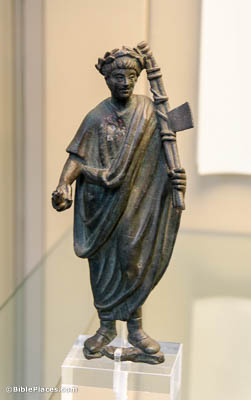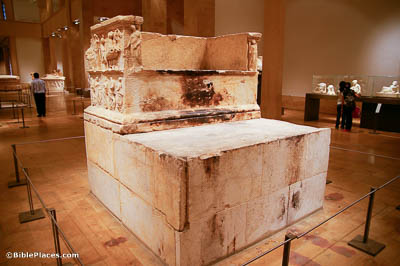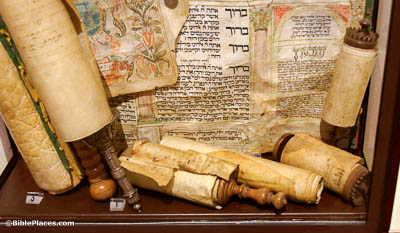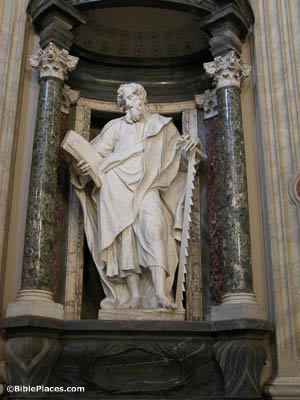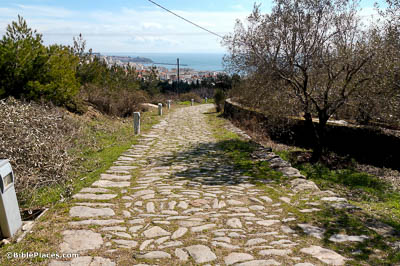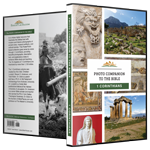Let everyone regard us as ministers of Christ (1 Corinthians 4:1).
The word “minister” refers to a helper or assistant. In other literature, the word was used to describe things like a physician’s assistant, the role of a lictor beside a consul, a priest’s helper, or a synagogue attendant. The figure in this image is a magistrate’s helper, known as a lictor. Such persons were tasked with carrying out the commands of the magistrate. They carried a bundle of rods known as a fasces as a symbol of their delegated authority. The officers of the priests and even judges in Jerusalem in Jesus’s day had a similar role and were also described by this same word (cf. Matt 5:25; Mark 14:54).
